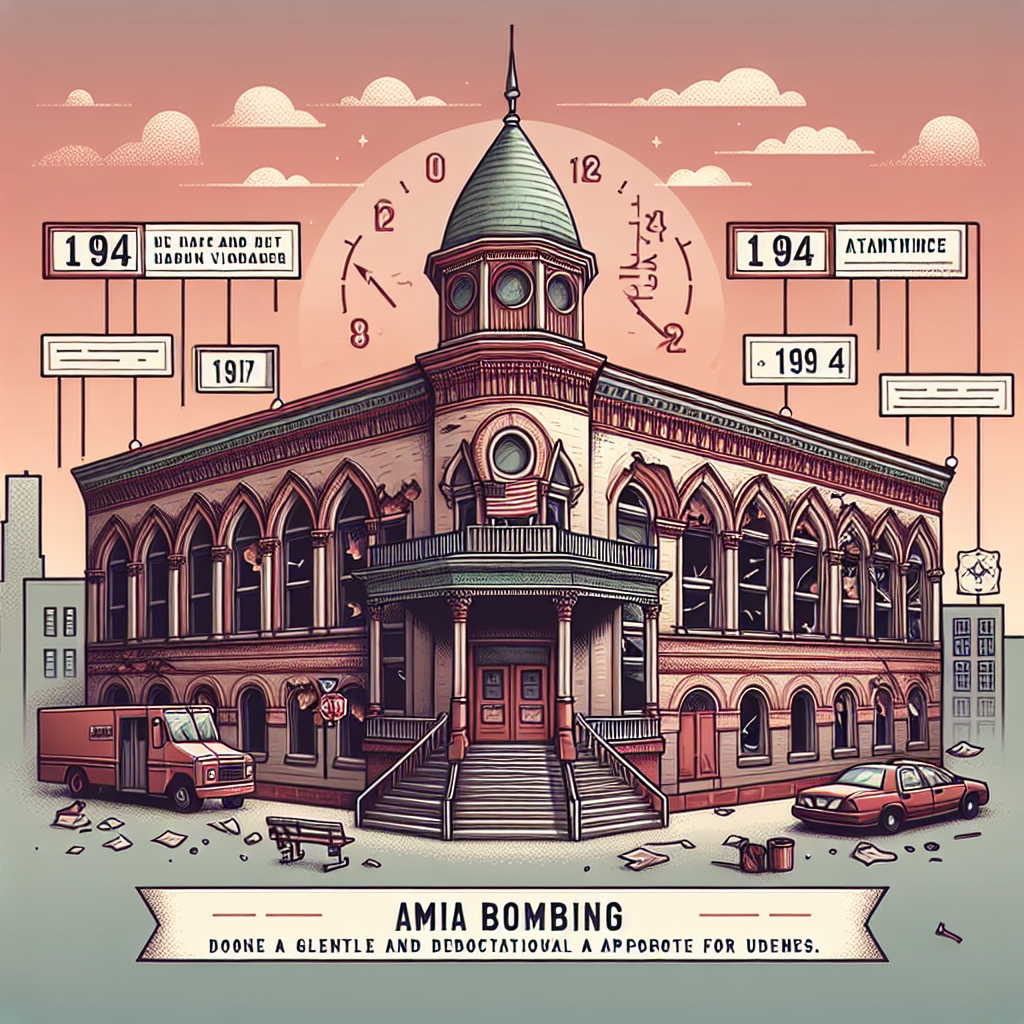The Hidden Fallout: U.S. and Israeli Airstrikes on Iran's Nuclear Sites
The recent U.S. and Israeli strikes on Iran's key nuclear facilities have created significant challenges for U.N. inspectors. As they attempt to verify the state of Iran's enriched uranium stockpiles, there are concerns that the strikes may have provided Iran the opportunity to hide or move critical materials.

The United States and Israel's recent airstrikes on Iranian nuclear installations have left a complex situation for the International Atomic Energy Agency (IAEA). Inspectors face the daunting task of determining whether enriched uranium, some close to weapons-grade, remains buried under debris or has been secretly relocated.
After attacks on principal sites including Fordow and Natanz, President Trump declared these facilities 'obliterated.' However, IAEA officials say the extent of damage to these bunkered sites is uncertain. Meanwhile, suspicions abound that Iran used the chaos to conceal or move significant uranium reserves.
This predicament echoes the elusive search for WMDs in Iraq. Without solid intel, inspectors might face an arduous task tracking hidden stockpiles, heightening risks in an already volatile nuclear landscape.
(With inputs from agencies.)
- READ MORE ON:
- Iran
- nuclear
- enriched uranium
- IAEA
- bombing
- U.S.
- Israel
- Fordow
- uranium stockpile
- Trump
ALSO READ
Indian Students in Iran Plead for Evacuation Amid Rising Israeli Strikes
Trump Rejects Israeli Plan to Assassinate Iran's Supreme Leader
US Ambassador to Israel Mike Huckabee says concussion of Iranian missile causes minor damage to consulate, no injuries, reports AP.
South Korea Rallies Forces for Trade Talks with U.S.
South Korea and U.S. Enter New Phase of Trade Talks










